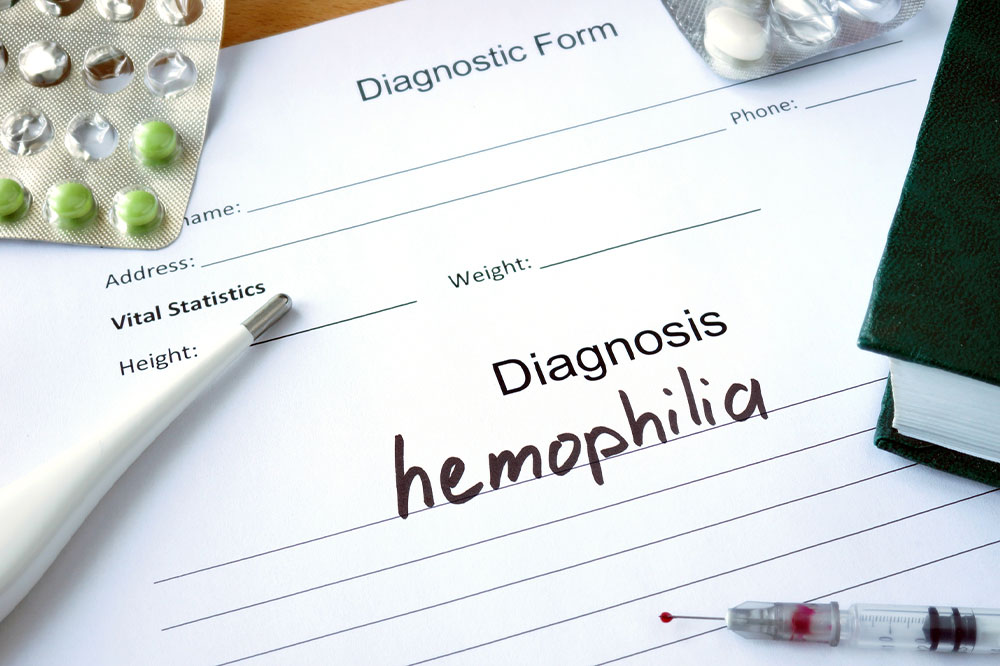8 signs and symptoms of hemophilia

Hemophilia is a genetic disorder where the patient’s blood does not clot properly. Our blood has natural proteins or clotting factors that facilitate clotting. But people with this condition have lower levels of these factors. There are two types of this disorder. Type A is caused due to the lack of clotting factor VIII, and type B is caused due to lower levels of factor IX. Here are the must-know signs of hemophilia:
Nosebleeds and bleeding from the gums
Most people with a mild form of this condition are prone to bruising of mucous membranes in the nose or gums. As a result, they report regular instances of nosebleeds and gum bleeding without any apparent reason. While the bleeding does not last long for some, others have severe episodes and require the attention of a health expert.
Profuse bleeding after a surgery or an injury
Many people with hemophilia A do not know they have the condition. The problem often comes to light accidentally when one bleeds excessively during surgery for another ailment. Similarly, when such individuals are injured, they notice unusual bleeding and realize they have a genetic bleeding disorder only after undergoing tests. Both surgery and injuries can cause out-of-proportion bleeding.







